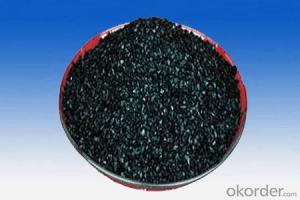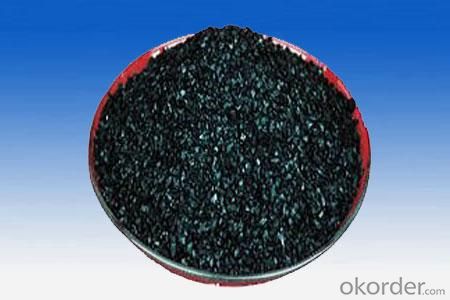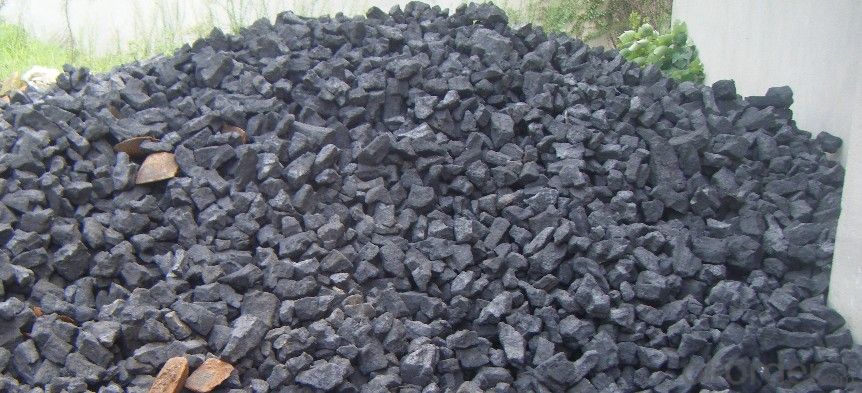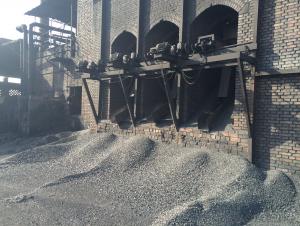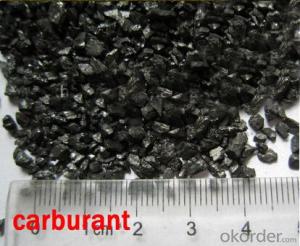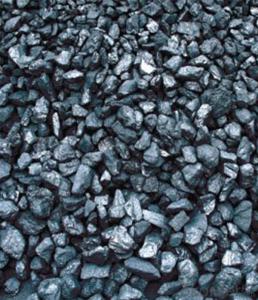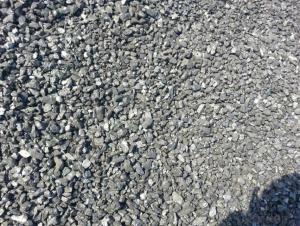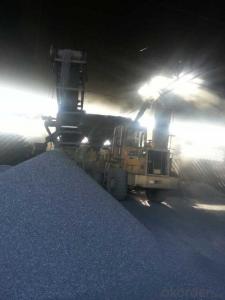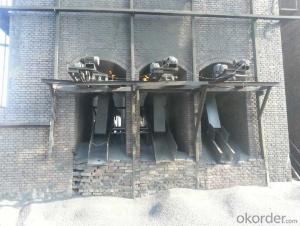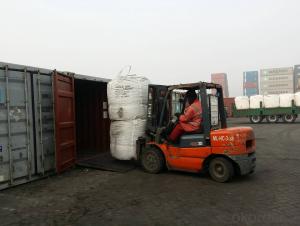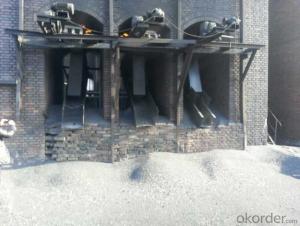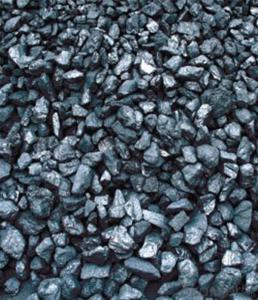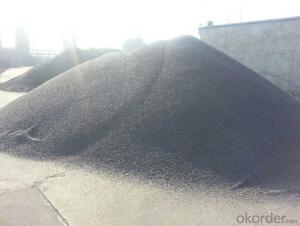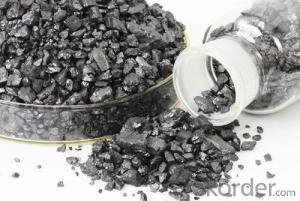FC92 Calcined Anthracite With Good Delivery Time And Service
- Loading Port:
- Tianjin
- Payment Terms:
- TT OR LC
- Min Order Qty:
- 0 m.t.
- Supply Capability:
- 100000 m.t./month
OKorder Service Pledge
OKorder Financial Service
You Might Also Like
Packaging & Delivery
| Packaging Detail: | 25kgs/50kgs/1ton per bag or as buyer's request |
| Delivery Detail: | Within 20 days after receiving corect L/C |
Specifications
Calcined Anthracite
Fixed carbon: 90%-95%
S: 0.5% max
Size: 0-3. 3-5.3-15 or as request
Our Products:
•Feature: All of our goods are made in the best quality of world famous Tianjin. All of our products are with High carbon, Low ash, low sulphur, Low Moisture.
•Application:
The Calcined Anthracite Coal/Gas Calcined Anthracite Coal/Carbon Raiser is mainly used in steelmaking in electrical stove, screening water, shipbuilding sandblast to remove rust. It can reduce the cost of steelmaking effectively by replacing the traditional petroleum coke of carburant.Also can improve the Carbon content in steel-melting and Ductile iron foundry.
General Specification of Calcined Anthracite:
PARAMETER UNIT GUARANTEE VALUE | |||||
F.C.% | 95MIN | 94MIN | 93MIN | 92MIN | 90MIN |
ASH % | 4MAX | 5MAX | 6MAX | 7MAX | 8MAX |
V.M.% | 1 MAX | 1MAX | 1.5MAX | 1.5MAX | 1.5MAX |
SULFUR % | 0.5MAX | 0.5MAX | 0.5MAX | 0.5MAX | 0.5MAX |
MOISTURE % | 0.5MAX | 0.5MAX | 0.5MAX | 0.5MAX | 0.5MAX |
Size can be adjusted based on buyer's request.
Pictures of Calcined Anthracite:
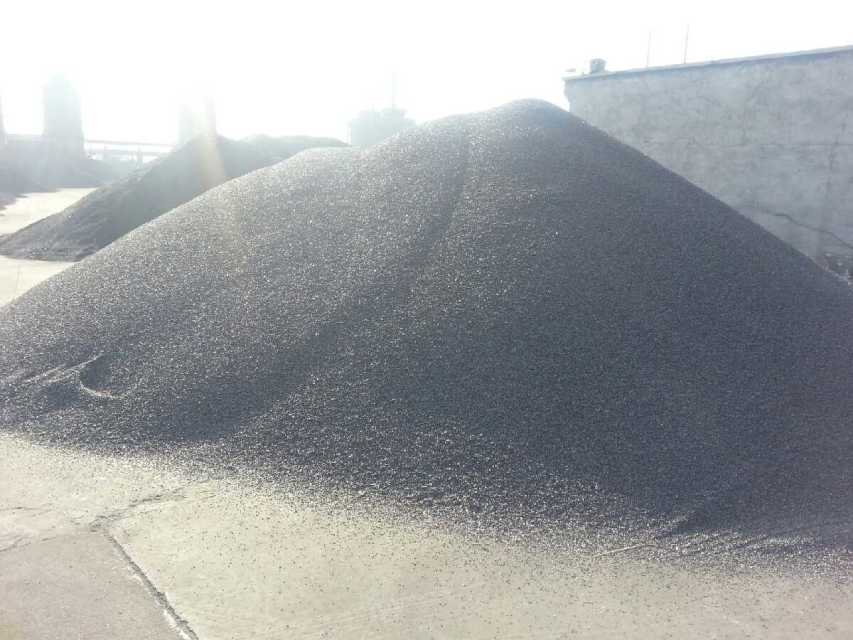
- Q: What is the density of carbon steel and alloy steel?
- Material name density g/cm3Grey cast iron 7.7.7Malleable iron 7.7.4Cast steel 7.8Industrial pure iron 7.87Plain carbon steel 7.85Quality carbon steel 7.85Carbon tool steel 7.85Free cutting steel 7.85
- Q: How about Zonta carbon technology
- Never go, unless you are a bully, and will mix, inside mess
- Q: They include a cementite, two cementite, three cementite, eutectic cementite and eutectoid cementite, and compare their temperature, composition and morphology
- Three: cementite in iron graphite in the phase diagram of F (Fe) + Fe3C two-phase region precipitation of Fe3C is three times the cementite formation temperature in the eutectoid temperature (727 DEG C), morphology is fine flake or granular.Eutectic cementite: Fe3C body in eutectic (A (Fe) + Fe3C) formed at eutectic temperature (1148 DEG C). The morphology is lamellar eutectic morphology. The carbon content is about 4.3%.Eutectoid cementite: Fe3C in eutectoid (F (Fe) +Fe3C) formed at eutectoid temperature (727 DEG C), characterized by flaky eutectoid morphology. The carbon content is about 0.77%.
- Q: What are the consequences of increased carbon emissions on indigenous communities?
- Indigenous communities are severely affected by the increased carbon emissions, with their traditional lands and natural resources degrading as one of the most immediate consequences. These emissions contribute to global warming, resulting in higher temperatures, altered weather patterns, and more frequent and intense natural disasters like hurricanes, droughts, and wildfires. These events can cause crop destruction, infrastructure damage, and the displacement of indigenous peoples from their ancestral territories. Furthermore, carbon emissions contribute to air pollution, which disproportionately affects indigenous communities living near industrial facilities and exposes them to higher levels of toxic pollutants. This exposure leads to respiratory illnesses, cardiovascular diseases, and other health problems, exacerbating existing health disparities. Climate change-induced loss of biodiversity also has an impact on indigenous communities, as they rely on traditional knowledge and practices for sustainable resource management. Changes in ecosystems disrupt the availability and abundance of food, water, and medicinal plants, undermining indigenous cultures and traditional livelihoods. Moreover, many indigenous communities heavily depend on natural resources such as fishing, hunting, and agriculture for economic development. However, with increased carbon emissions, these resources become scarcer and less reliable, posing economic challenges and creating financial insecurity for indigenous communities. In addition to the environmental and economic consequences, increased carbon emissions also contribute to the loss of cultural heritage and identity. Indigenous communities have a deep connection to their territories and the natural world, which is threatened by the impacts of climate change. This loss of cultural heritage not only negatively affects indigenous communities but also diminishes the diversity of human knowledge and perspectives, which is detrimental to humanity as a whole. In summary, the consequences of increased carbon emissions on indigenous communities are extensive and severe. They not only undermine their traditional lands, resources, and health but also erode their cultural heritage and identity. Recognizing and addressing these impacts is crucial to ensure the protection and well-being of indigenous communities and to mitigate the effects of climate change globally.
- Q: How does carbon affect the preservation of historical artifacts?
- Carbon can negatively affect the preservation of historical artifacts by accelerating their deterioration through processes like oxidation, acidification, and microbial growth.
- Q: Carbon injection molding machine heating several degrees
- The physicochemical properties of PC plastics are as follows:One is amorphous plastic, Tg is 149~150 DEG C, Tf is 215~225 DEG C, molding temperature is 250~310 DEG C, and relative average molecular weight is 2~4.The thermal stability is better and increases with the increase of molecular weight.The rheological properties are close to Newton liquid, and the apparent viscosity is greatly affected by the temperature, which is less affected by the shear rate and increases with the relative average molecular weight. No obvious melting point, higher melt viscosity. PC molecule chain has benzene ring, so the rigidity of molecular chain is big.PC has good creep resistance and good dimensional stability, but it is difficult to eliminate internal stress.PC at high temperature, water easily degraded, molding requirements of moisture content below 0.02%.The product is easy to crack.Before molding, the PC resin must be fully dried. The fluidized bed drying method (drying temperature 120 to 130 DEG C, 1 ~ 2H), vacuum drying (110 degrees Celsius temperature, vacuum degree more than 96kPa, 10 ~ 25h), hot air circulation drying (above the temperature of 120 to 130 DEG C, 6h). In order to prevent the moisture absorption of the dry resin, it should be placed in the insulating box at 90 degrees. It should not be stored for a long time. When forming, the hopper must be closed, the hopper should be equipped with heating device, the temperature is not less than 100 degrees, and no heat insulation device hopper, a feeding amount is best less than half an hour of the amount of use, and should be stamped tightly.
- Q: What are the impacts of carbon emissions on the stability of coral reefs?
- Carbon emissions have significant impacts on the stability of coral reefs. Increased carbon dioxide levels in the atmosphere lead to ocean acidification, which hinders coral reef growth and weakens their structural integrity. Additionally, rising sea temperatures due to carbon emissions result in coral bleaching, where corals expel the symbiotic algae they depend on for survival. These combined effects make coral reefs more susceptible to disease outbreaks, slow recovery from disturbances, and ultimately increases the risk of their collapse, posing a significant threat to marine biodiversity and coastal communities that rely on them.
- Q: How do humans contribute to carbon emissions?
- Humans contribute to carbon emissions in several ways. One major source of carbon emissions is the burning of fossil fuels for electricity, transportation, and heating. This includes burning coal, oil, and natural gas, which releases carbon dioxide (CO2) into the atmosphere. The use of these fossil fuels is prevalent in our daily lives, from powering our homes and vehicles to manufacturing goods and producing food. Additionally, deforestation, primarily driven by human activities such as agriculture, logging, and urbanization, also contributes to carbon emissions. Trees absorb CO2 and release oxygen, so when they are cut down, the stored carbon is released back into the atmosphere. Moreover, industrial processes, such as cement production and the manufacturing of chemicals, also release substantial amounts of CO2. Lastly, the livestock industry, particularly the production of beef and dairy products, contributes to carbon emissions through methane emissions from livestock and the deforestation associated with expanding grazing areas and growing animal feed. Overall, human activities directly and indirectly contribute to carbon emissions, highlighting the need for collective efforts to mitigate and reduce our impact on the environment.
- Q: How does carbon affect the formation of blizzards?
- Carbon does not directly affect the formation of blizzards. Blizzards are primarily caused by the collision of warm and cold air masses, resulting in heavy snowfall and strong winds. However, carbon emissions and climate change can influence weather patterns, potentially leading to more intense or frequent blizzards in certain regions due to alterations in atmospheric conditions.
- Q: How can Dungeon Fighter Online's superior furnace rock carbon be obtained?
- Bought in cash. You can go to the mall to have a look.
Send your message to us
FC92 Calcined Anthracite With Good Delivery Time And Service
- Loading Port:
- Tianjin
- Payment Terms:
- TT OR LC
- Min Order Qty:
- 0 m.t.
- Supply Capability:
- 100000 m.t./month
OKorder Service Pledge
OKorder Financial Service
Similar products
Hot products
Hot Searches
